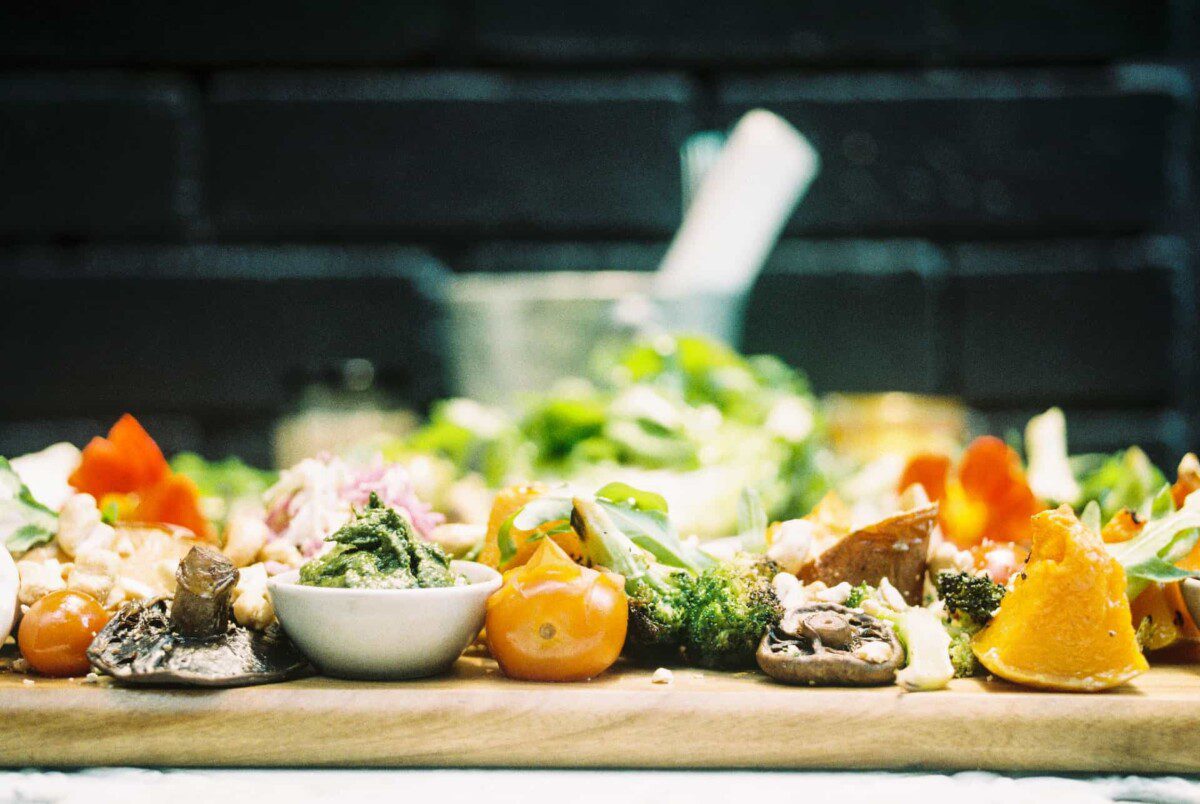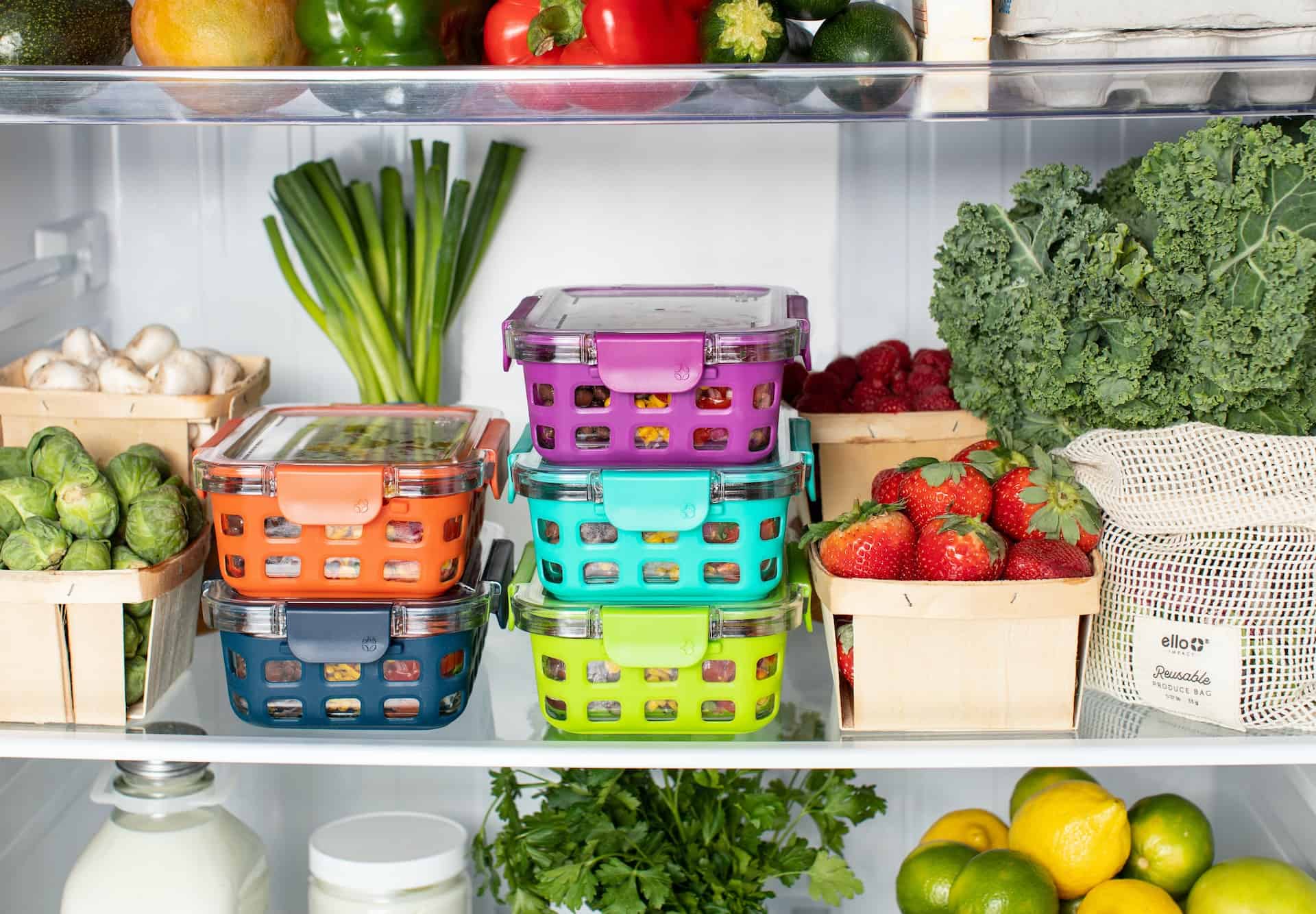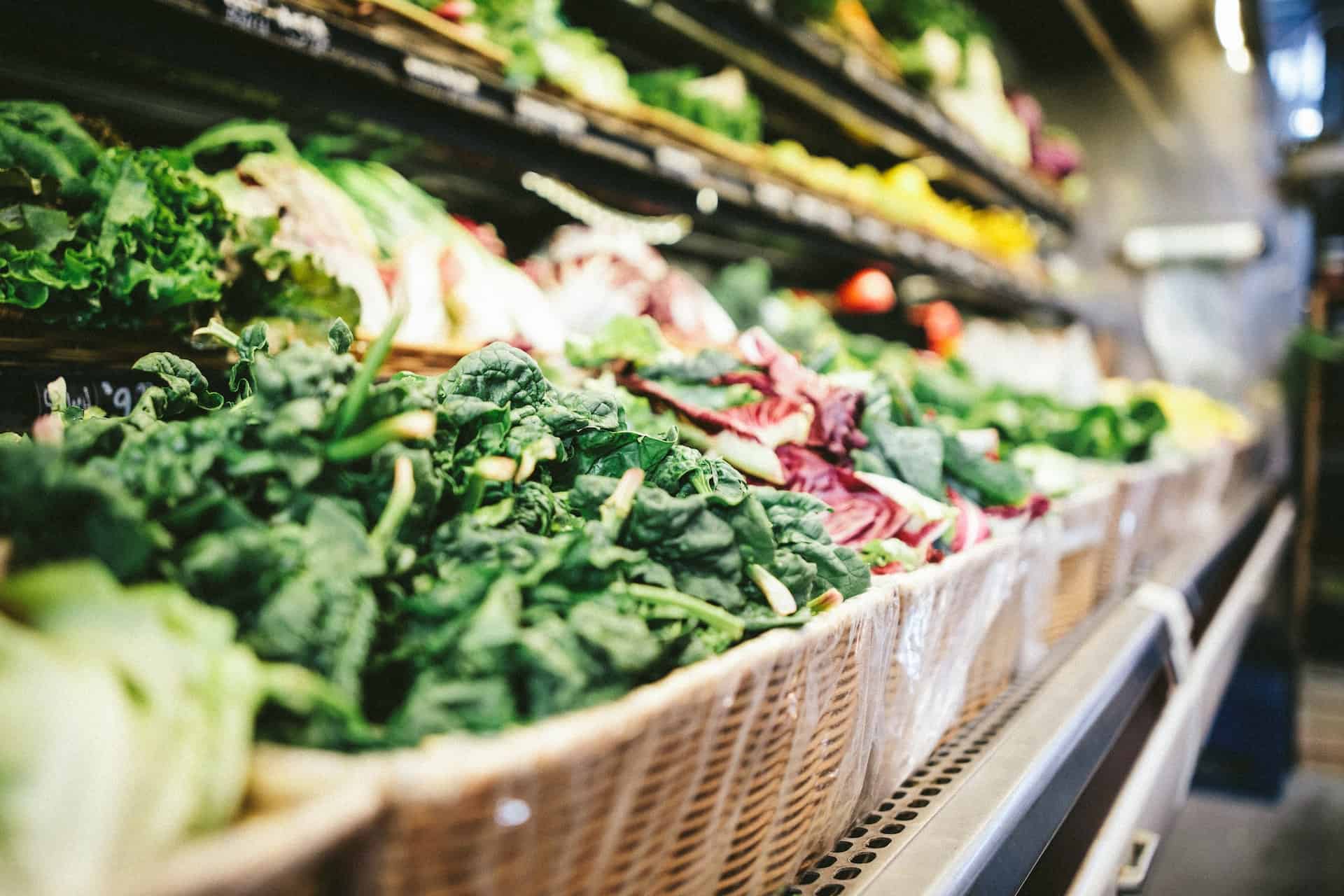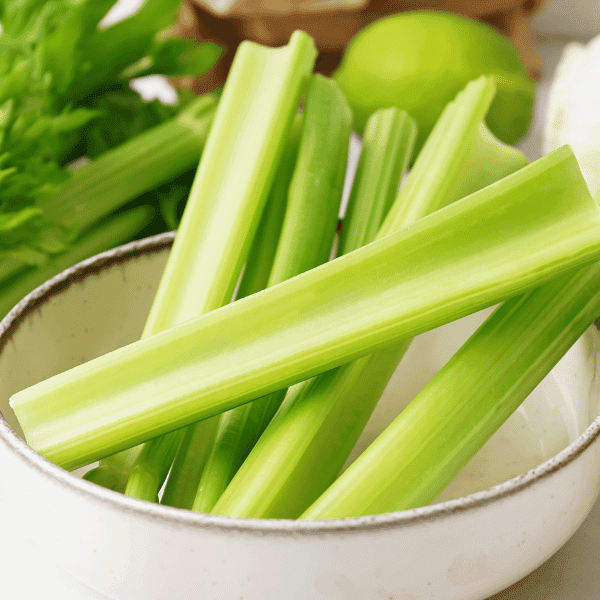8 Ways to Reduce Food Waste
Aug 29, 2022, Updated Sep 25, 2022

This post may contain affiliate links. Please read our disclosure policy.
However, the one downside to cooking at home is that you often end up with more food waste. Luckily, you can easily reduce the food waste you produce.
Read these home chef tips to learn the top eight ways to reduce food waste.
Related: Cowboy Caviar Recipe
Why is food waste such a big problem?
According to the USDA, Americans waste around 30-40% of the edible food supply each year. This equates to about 219 pounds of waste per person and over $218 billion wasted annually.
On a global scale, around 1.4 billion tons of food are wasted yearly. In addition to causing money loss, food waste is also harmful to the environment. Most wasted food ends up in landfills, producing greenhouse gasses that harm the environment.
8 Ways to Reduce Food Waste
Luckily, you can take some simple steps at home to reduce food waste, save money, and help the environment. Here’s what you can do:
1. Composting
Composting is one of the easiest ways to reduce food waste. Most of the food waste you produce at home can be composted, and composting gives food a second purpose and prevents it from winding up in a landfill.
Also, you don’t need tons of space to start composting. You can even compost in a tiny apartment. The easiest way to compost is to store your food scraps in a bin in your freezer or the back of your fridge.
If you have a home garden, you can use the compost there. Otherwise, you can donate your compost to a local organization, such as a restaurant, grocery store, or farmer’s market. Some municipalities will even pick up compost from your home like they would with recycling or garbage.
Related: Compostability 101
2. Eat your leftovers
While it may sound obvious, many people let their leftovers go to waste. There are many creative ways you can make use of leftovers. For example, if you have some leftover grilled chicken, turn it into a chicken salad, so you have sandwiches for the week.
Or, if you have some extra spinach, add it to a smoothie or pasta dish. Also, don’t forget to make friends with your freezer. Most cooked meals can be frozen and will last for several months or more in the freezer. When you make a batch of food, we recommend storing half of it in the freezer immediately so it doesn’t go to waste.
It’s better to spend a little extra time thawing your food than throwing it in the trash.
3. Keeping food properly stored

Storing your food (especially fruits and vegetables) properly can make it last a few extra days or more. Ensure your refrigerator is at the right temperature, and know where to place your fruits and veggies.
Some fruits (like bananas) emit natural gasses when they ripen, causing nearby foods to spoil faster. Also, if you buy too much produce, you can toss it in the freezer for later use.
4. Make the most of scraps
Most people are in the habit of tossing scraps in the garbage while cooking. However, food scraps can quickly add up to an entire meal. Here’s how to make the most of food scraps:
- Make your own broth from meat or vegetable scraps.
- Run wilted or limp veggies under cold water and make soup.
- Turn your stale bread into French toast, bread pudding, croutons, or breadcrumbs.
- Turn your browned avocados into a moisturizing mask for your face.
- Use your veggie scraps, seeds, and pits to grow your own produce.
Try this DIY foot scrub to put leftover lemons to use!
5. Organize your refrigerator and pantry
Keeping your fridge and pantry organized can also help you reduce food waste. If your kitchen is messy, food can get pushed to the back or lost, where it’ll rot.
Use the “first in, first out” (FIFO) method when organizing your kitchen. Items closest to expiring should go in the front, while those that last the longest should go in the back.
6. Shopping smart and planning your meals

Meal planning is an excellent way to reduce food waste. Make a list of meals you’d like to prepare for the week, and try to pick recipes that will allow you to reuse some of your ingredients.
For example, if you plan to make a vegetable egg frittata, choose another recipe to cook that week that will allow you to use up the rest of your veggies. Once you’ve created a shopping list, stick to the list and avoid impulse buys. Most of us buy junk food on impulse, which we tend to eat first, resulting in produce going to waste.
Shop on a full stomach, so you don’t make this mistake.
7. Learn how to read expiration dates
Expiration dates can be highly misleading and often contribute to food waste. The most important thing to remember is that most food near or on its expiration date is safe to consume.
“Use by” dates are typically essential to follow closely, whereas “best by” dates give you a wide margin for error.
8. Take Part in Meal Train Donations or Donate to Community Fridges
Many cities now have community fridges where you can donate your leftover produce and meals. Meal trains allow you to cook and deliver a meal to someone in need. You can sign up for a meal train in your area or organize one with your family and friends.
Related: Reduce Kitchen Waste
Food waste: the bottom line
As you can see, you can take many simple steps to reduce food waste. With the above tips, you’ll be helping your wallet and the environment!
For more great insider tips, subscribe to The Produce Mom Blog!





